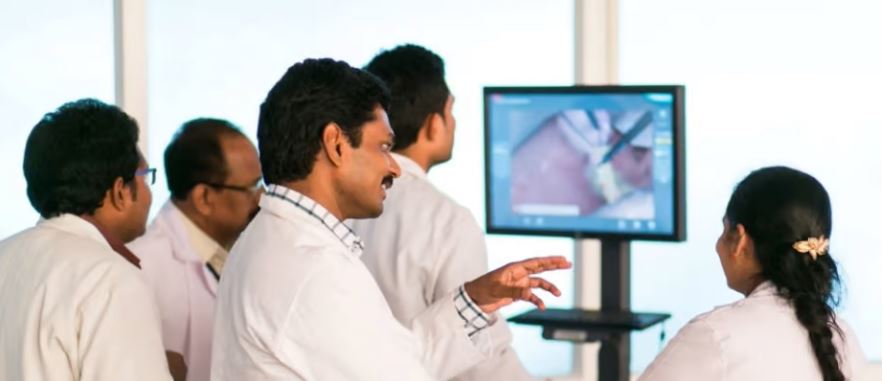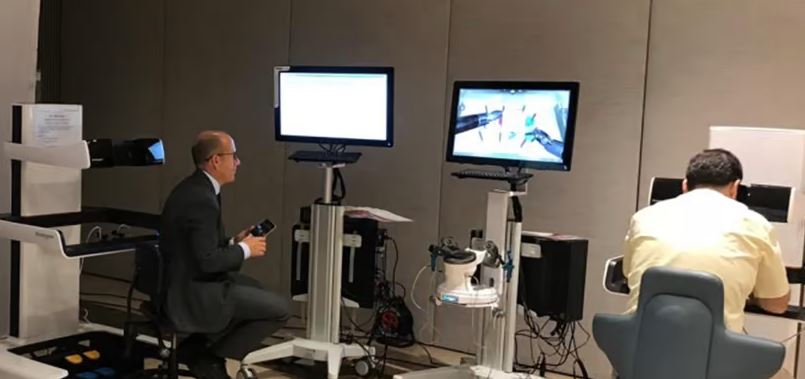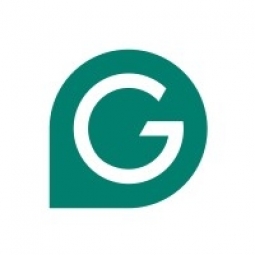Technology Category
- Networks & Connectivity - 5G
Applicable Industries
- Cement
- Education
Applicable Functions
- Human Resources
- Sales & Marketing
Use Cases
- Visual Quality Detection
Services
- Testing & Certification
- Training
About The Customer
The customer in this case study is a national mortgage lender with offices spread across the United States, from Georgia to Alaska. The lender operates in a competitive market environment characterized by record-low mortgage rates and a booming real estate market. However, the lender was struggling with internal and customer-facing communication issues that were negatively impacting team morale, engagement, productivity, and customer retention. The lender recognized the need to improve communication as a strategic priority and sought a solution that could help create new communication frameworks and higher quality standards, quickly onboard and coach team members, and unify their salespeople into a more cohesive, effective community of teams.
The Challenge
A national mortgage lender with offices across the United States was grappling with internal communication challenges that were negatively impacting team morale, engagement, and productivity. These issues were also affecting customer-facing communication, leading to missed performance goals and lost customers. Despite a favorable market environment with record-low mortgage rates and a booming real estate market, the lender was losing customers due to poor communication. The lender recognized the need to improve communication but faced two distinct challenges. Firstly, they needed to create new communication frameworks and higher quality standards and quickly onboard and coach team members for success. Secondly, they needed to ensure that the changes unified their salespeople and created a more cohesive, effective community of teams without squashing the competitive nature of selling.
The Solution
The lender decided to experiment with a Grammarly Business pilot, a proof of value (POV) venture that started with just 20 team members. The tool's analytics dashboard provided weekly insights that leaders used to coach mortgage agents around tone and clarity. The pilot group, as beta users for new features like snippets, multiple style guides, and brand tones, achieved productivity and consistency wins. Leaders also noticed organic improvements in style, tone, quality, and clarity. Seeing the immediate potential for transforming their culture and resetting positive communication patterns, the lender rolled out Grammarly Business across their entire enterprise. With enterprise-grade security measures in place, teams used Grammarly Business seamlessly in various communication channels, leading to improved internal and customer-facing communication. The tool also provided real-time communication coaching, helping both new and veteran team members to collaborate and build a more collegial culture.
Operational Impact

Case Study missing?
Start adding your own!
Register with your work email and create a new case study profile for your business.
Related Case Studies.

Case Study
System 800xA at Indian Cement Plants
Chettinad Cement recognized that further efficiencies could be achieved in its cement manufacturing process. It looked to investing in comprehensive operational and control technologies to manage and derive productivity and energy efficiency gains from the assets on Line 2, their second plant in India.

Case Study
Revolutionizing Medical Training in India: GSL Smart Lab and the LAP Mentor
The GSL SMART Lab, a collective effort of the GSL College of Medicine and the GSL College of Nursing and Health Science, was facing a challenge in providing superior training to healthcare professionals. As clinical medicine was becoming more focused on patient safety and quality of care, the need for medical simulation to bridge the educational gap between the classroom and the clinical environment was becoming increasingly apparent. Dr. Sandeep Ganni, the director of the GSL SMART Lab, envisioned a world-class surgical and medical training center where physicians and healthcare professionals could learn skills through simulation training. He was looking for different simulators for different specialties to provide both basic and advanced simulation training. For laparoscopic surgery, he was interested in a high fidelity simulator that could provide basic surgical and suturing skills training for international accreditation as well as specific hands-on training in complex laparoscopic procedures for practicing physicians in India.

Case Study
IoT platform Enables Safety Solutions for U.S. School Districts
Designed to alert drivers when schoolchildren are present, especially in low-visibility conditions, school-zone flasher signals are typically updated manually at each school. The switching is based on the school calendar and manually changed when an unexpected early dismissal occurs, as in the case of a weather-event altering the normal schedule. The process to reprogram the flashers requires a significant effort by school district personnel to implement due to the large number of warning flashers installed across an entire school district.

Case Study
Digital Transformation of Atlanta Grout & Tile: An IoT Case Study
Atlanta Grout & Tile, a Tile, Stone & Grout restoration company based in Woodstock, Georgia, was facing challenges with its traditional business model. Despite steady growth over the years, the company was falling behind the web revolution and missing out on the opportunity to tap into a new consumer base. They were using independent software from different vendors for each of their department information and workforce management. This resulted in a lot of manual work on excel and the need to export/import data between different systems. This not only increased overhead costs but also slowed down their response to clients. The company also had to prepare numerous reports manually and lacked access to customer trends for effective business decision-making.

Case Study
Implementing Robotic Surgery Training Simulator for Enhanced Surgical Proficiency
Fundacio Puigvert, a leading European medical center specializing in Urology, Nephrology, and Andrology, faced a significant challenge in training its surgical residents. The institution recognized the need for a more standardized and comprehensive training curriculum, particularly in the area of robotic surgery. The challenge was underscored by two independent studies showing that less than 5% of residents in Italian and German residency programs could perform major or complex procedures by the end of their residency. The institution sought to establish a virtual reality simulation lab that would include endourological, laparoscopic, and robotic platforms. However, they needed a simulator that could replicate both the hardware and software of the robotic Da Vinci console used in the operating room, without being connected to the actual physical console. They also required a system that could provide both basic and advanced simulation training, and a metrics system to assess the proficiency of the trainees before they performed surgical procedures in the operating theater.








